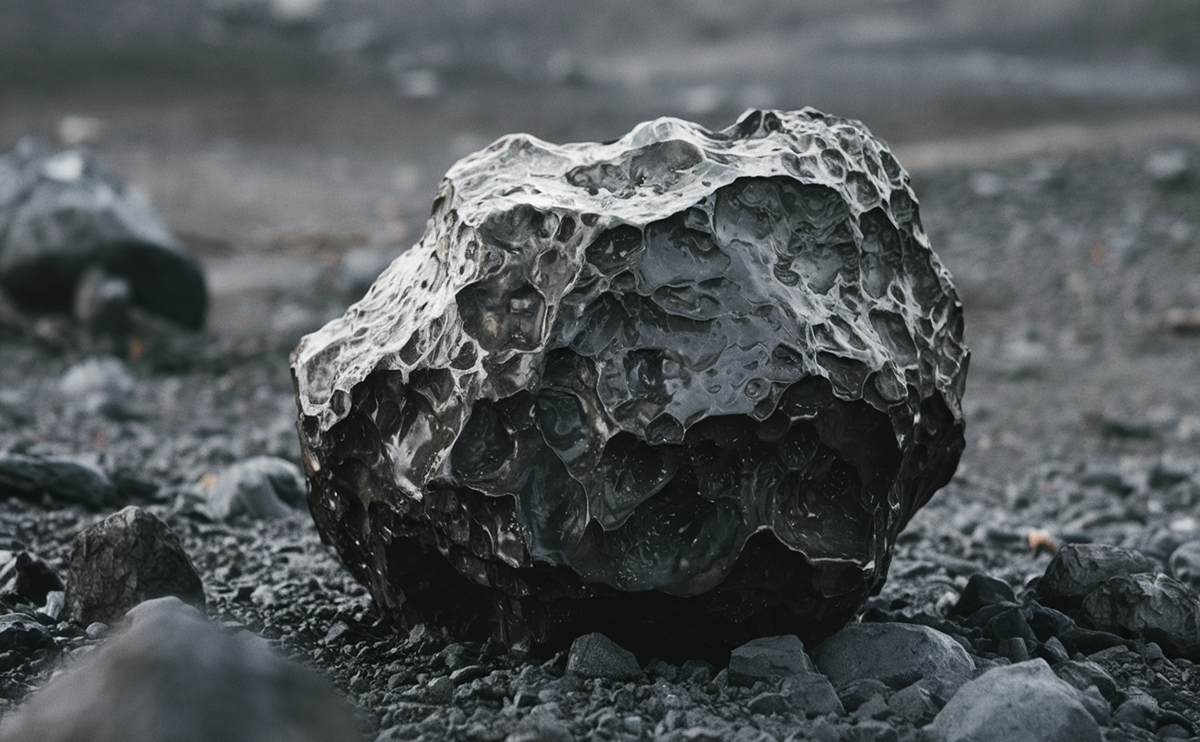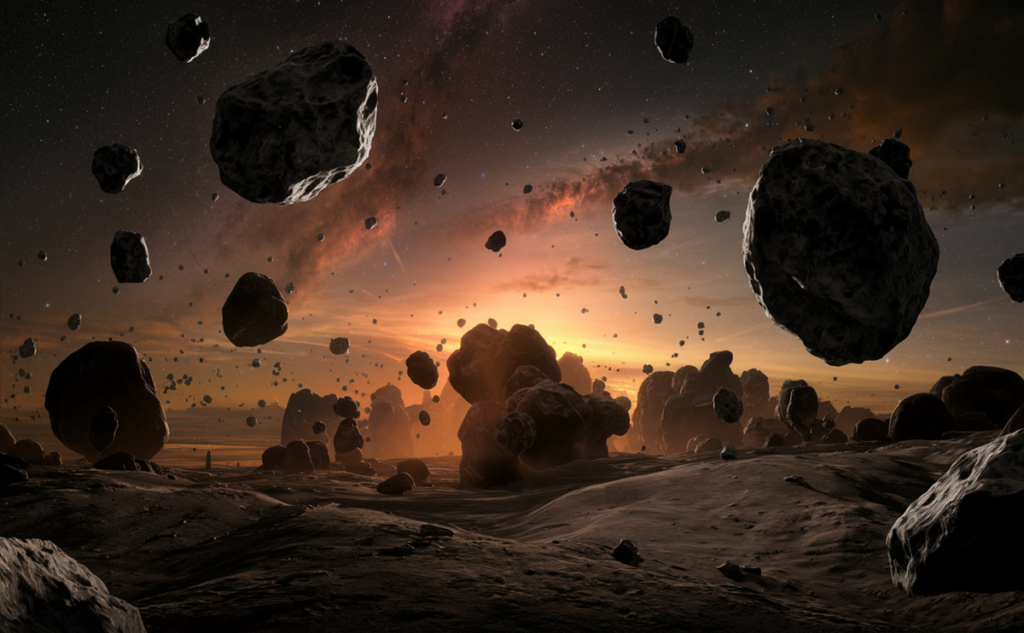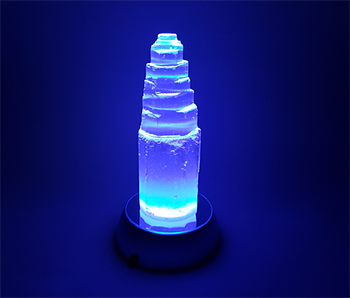Meteorites have fascinated humans for centuries, offering a glimpse into the mysteries of the cosmos. These “space rocks” come in various forms, sizes, and compositions, often carrying valuable information about the early solar system. Whether you’re a casual enthusiast or a seasoned collector, understanding meteorites can be both exciting and enlightening. In this guide, we’ll dive deep into the world of meteorites, covering everything from their origins to classification and beyond.
Table of Contents
- What Are Meteorites?
- The Journey: Meteoroids, Meteors, and Meteorites
- Types of Meteorites
- Stony Meteorites
- Iron Meteorites
- Stony-Iron Meteorites
- Formation of Meteorites and Their Connection to the Solar System
- Meteorites and the Asteroid Belt
- Chondrites and Achondrites: The Building Blocks of Planets
- The Role of Organic Matter in Meteorites
- Notable Meteorite Discoveries
- Antarctic Meteorites
- Martian Meteorites
- Cosmo-Chemistry: What Meteorites Reveal About Space
- The National Meteorite Collection
- Geochemical Differentiation in Meteorites
- How to Classify Meteorites
- Chondrules and Refractory Inclusions
- Nickel-Iron Metal in Meteorites
- Asteroids and Meteorites: A Close Relationship
- The Importance of Meteorites in Understanding Solar System Formation
1. What Are Meteorites?
Meteorites are fragments of asteroids, comets, or other celestial bodies that have traveled through space and survived the fiery journey through Earth’s atmosphere, ultimately landing on our planet. These “space rocks” are often remnants of the early solar system, making them invaluable tools for understanding the formation and evolution of planets.
Meteorites are categorized based on their composition, which leads us to an understanding of their origins and the processes they’ve undergone. There are three main types of meteorites: stony meteorites, iron meteorites, and stony-iron meteorites.
2. The Journey: Meteoroids, Meteors, and Meteorites
The path of a meteorite starts as a meteoroid—a small chunk of rock or metal orbiting in space. When a meteoroid enters Earth’s atmosphere, it becomes a meteor, commonly referred to as a “shooting star” due to the bright streak of light it produces. If the meteor survives its journey through the atmosphere and lands on Earth, it becomes a meteorite. Each phase of this journey reveals different scientific insights about the object and its origins.
3. Types of Meteorites
Stony Meteorites
Stony meteorites, the most common type, are composed mainly of silicate minerals. These can be further divided into two categories: chondrites and achondrites. Chondrites contain small spherical inclusions called chondrules, which are among the oldest materials in the solar system.
Iron Meteorites
Iron meteorites are composed primarily of nickel-iron metal and originate from the cores of differentiated asteroids. Their metallic nature makes them stand out, and their crystalline patterns, known as Widmanstätten patterns, are a hallmark of slow cooling inside asteroid cores.
Stony-Iron Meteorites
Stony-iron meteorites are a rare combination of silicate minerals and nickel-iron metal. They offer a unique glimpse into the boundary layers between the core and mantle of differentiated asteroids.
4. Formation of Meteorites and Their Connection to the Solar System
Meteorites are time capsules from the early solar system. They formed during the collapse of a solar nebula about 4.6 billion years ago. As planets and moons were forming, some material was left over, which eventually became asteroids and comets. Meteorites, especially those with refractory inclusions and chondrules, contain clues about the conditions present during the solar system’s formation.
5. Meteorites and the Asteroid Belt
Most meteorites originate from the asteroid belt, a region located between Mars and Jupiter. This belt contains millions of rocky bodies, many of which have collided over time, sending fragments hurtling toward Earth. These fragments, after undergoing significant geochemical differentiation, often become the meteorites we find on Earth.
6. Chondrites and Achondrites: The Building Blocks of Planets
Chondrites are the most primitive meteorites, containing chondrules, tiny spherical silicate grains formed in the solar nebula. They represent material that never underwent melting or differentiation, making them essential for understanding the solar system’s early history.
Achondrites, on the other hand, have undergone differentiation and resemble the composition of terrestrial planets. They often originate from the crusts of larger bodies, providing insights into planetary formation.
7. The Role of Organic Matter in Meteorites
Some meteorites contain organic compounds, including amino acids, which are the building blocks of life. This has led scientists to hypothesize that meteorites may have played a role in seeding life on Earth.
8. Notable Meteorite Discoveries
Antarctic Meteorites
Antarctica has proven to be an ideal location for meteorite recovery, as the icy surface preserves meteorites and makes them easier to spot. Many significant meteorites, including rare Martian samples, have been found here.
Martian Meteorites
Martian meteorites are pieces of Mars that have been ejected into space by impact events. These meteorites provide direct evidence of Martian geology and atmosphere, offering a rare opportunity to study Mars without sending a spacecraft.

9. Cosmo-Chemistry: What Meteorites Reveal About Space
Cosmo-chemistry is the study of the chemical composition of matter in the universe. Meteorites are a primary source of material for cosmo-chemical studies, revealing information about the composition of the early solar system and the processes that have shaped it.
10. The National Meteorite Collection
The National Meteorite Collection, housed in the Smithsonian Institution, is one of the most comprehensive meteorite collections in the world. It includes thousands of specimens from various types and regions, offering scientists invaluable resources for research and study.
11. Geochemical Differentiation in Meteorites
Geochemical differentiation refers to the process by which different elements and minerals separate during the formation of celestial bodies. This process plays a key role in the composition of meteorites, especially iron meteorites, which often come from the cores of differentiated asteroids.
12. How to Classify Meteorites
Meteorites are classified based on their composition and structure. Key components like chondrules, refractory inclusions, and nickel-iron metal help determine their classification as stony, iron, or stony-iron.
13. Asteroids and Meteorites: A Close Relationship
Meteorites are often fragments of larger asteroids. The relationship between asteroids and meteorites helps scientists understand the processes of collision, fragmentation, and differentiation in the solar system.
14. The Importance of Meteorites in Understanding Solar System Formation
Meteorites offer a unique window into the early stages of the solar system’s formation. By studying these remnants, scientists can gain insights into the processes that shaped our planets, moons, and even the formation of life on Earth.
Meteorites are more than just fascinating space rocks; they are key to understanding our place in the universe. From the asteroid belt to the icy plains of Antarctica, these extraterrestrial treasures continue to unlock the secrets of our cosmic origins.



